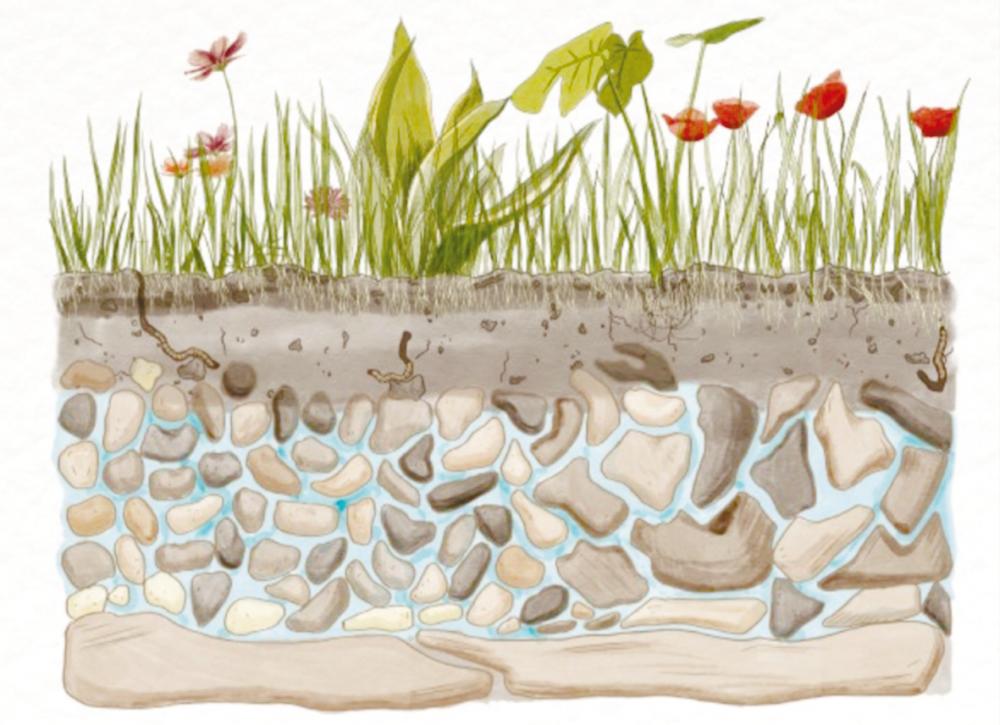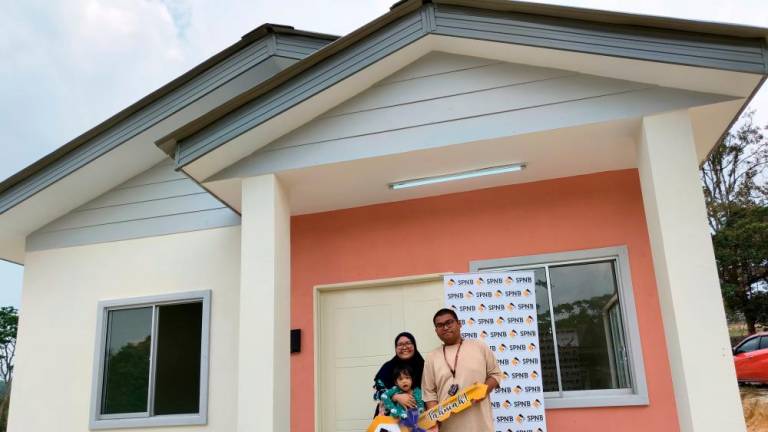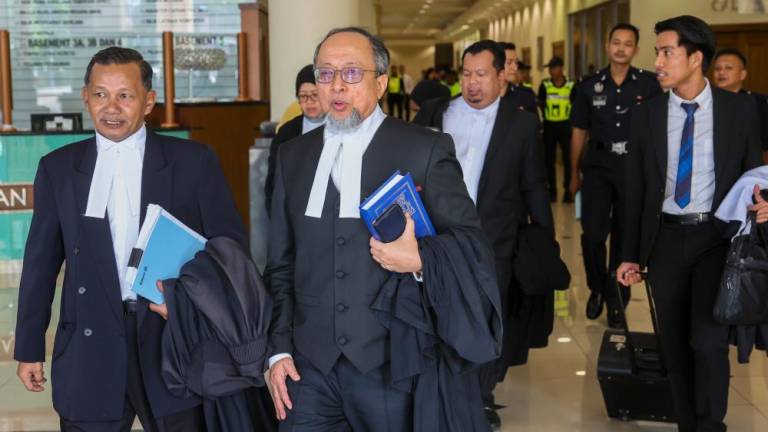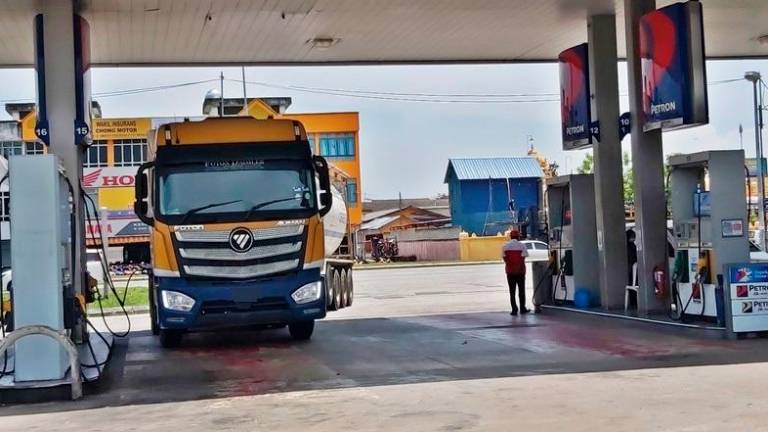THIS year’s World Water Day (commemorated on March 22) celebrates groundwater, the utilisation of whichhas spanned many centuries. The large-scale utilisation of groundwater has its negative impacts and some have been observed historically as well. Water flow from high elevation to lower elevation not only happens above the soil, it also takes place within the layers of soil and rocks.
Precipitation is the main source of water entering the soil either during rainfall or melting ice in a glacier system. The process of water entering soil and replenishing groundwater is known as “recharge”. Erratic weather patterns, retreating glaciers, change in land use and deforestation pose a very high impact on groundwater recharge.
Based on the Review of the National Water Resource Study (2000– 2050) by the Department of Irrigation and Drainage published in 2011, the annual rainfall is about 972.78 billion cubic metres (bcm), actual evaporation is 413.60 bcm a year, groundwater recharge 63.45 bcm a year and surface runoff 495.71 bcm a year.
According to Suruhanjaya Perkhidmatan Air Negara’s (SPAN) 2020 annual report on water services that covers Peninsular Malaysia and Labuan only, we extract 13,063 million litres per day (MLD) directly from rivers, 2,899 MLD from dams and 201 MLD from groundwater. This data does not include direct extraction for domestic, commercial and industrial use as such national verified data is not available.
Malaysia is blessed with ample of surface water and water crisis in Malaysia is due to failure to manage surface water and obviously the delay in implementing the National Water Services Industry Restructuring fully.
Therefore, running to groundwater extraction does not solve the problem. Our groundwater regime is not supported by glacier system. Rainfall is the source of our groundwater. Thus, water cycle and forest covers affect groundwater recharge rate. Rainfall will produce surface runoff (water that flows on surface) and some will seep into soil to form groundwater. This process is assisted by pristine forest covers. Unfortunately, now we are lacking such forests due to illegal logging activities and deforestation to support development.
Large-scale groundwater extraction projects need detailed studies as we cannot extract groundwater above the natural recharge rate. There are two types of aquifers, which are non-confined aquifers and confined aquifers. Non-confined aquifers have higher exposure to pollutants from the surrounding while confined aquifers have small land areas to recharge the groundwater and this is the immediate risk.
In large-scale groundwater projects, dormant natural occurring heavy metals or other chemical will be mobile and move faster than the natural rates. This may pose immediate health risk due to low dilution factor for groundwater.
It is also more economical to construct and operate a large scale surface water treatment plant with more than 1000 MLD capacity compared with developing a large- scale groundwater project at such capacity as many tubewells are needed to meet such a capacity. This will eventually increase capital and operational expenditures which will be passed on to tariff. Some negative impacts of large scale groundwater extractions are land subsidence, drop in water table and increase in peat fires. Furthermore, many proposed groundwater projects are situated in existing river basins that contributes to raw water use in rivers.
We must also bear in mind that the nature also depends on groundwater for its survival. The groundwater coupled with capillary action within soil provides water for plants to thrive. Therefore, Awer urges government to focus in optimising surface water utilisation and its pollution control mechanisms.
We have proposed many tangible and highly effective mechanisms to solve surface water issues. In addition to that, demand side management, non-revenue water reduction and holistic water efficiency implementation will be able to solve our increasing demand for water.
Water is life.
This article is contributed by Piarapakaran S, president of the Association of Water and Energy Research Malaysia (Awer), a non-government organisation involved in research and development in the fields of water, energy and environment.














